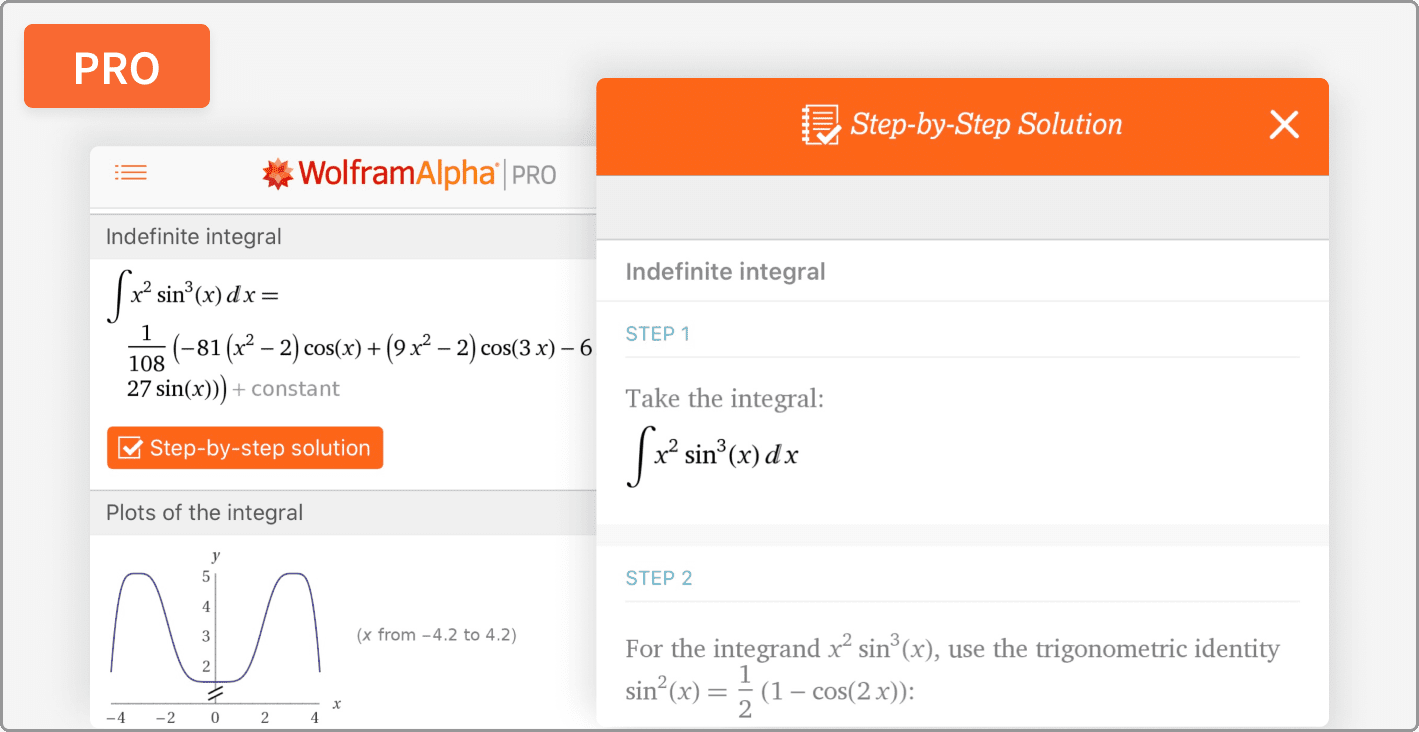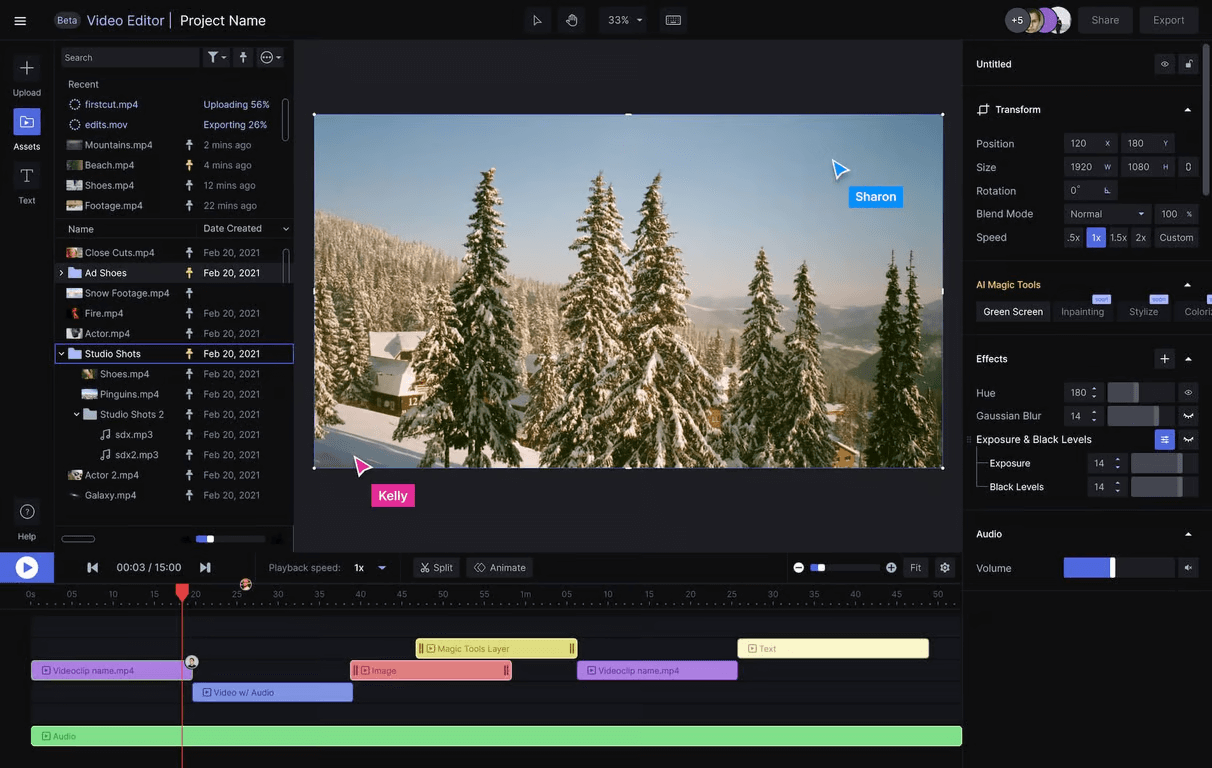E-books sit quietly on screens waiting to be opened while audiobooks fill train rides and kitchen routines with the spoken word. They live side by side yet follow different rhythms. Some readers prefer turning digital pages with a flick of the thumb while others listen as characters come alive through voice. Neither one claims the crown. They just offer different doors into the same house. And when books are missing in Project Gutenberg or Anna’s Archive, Zlibrary can help fill those gaps offering a backup that blends seamlessly into either format.
Stories do not change depending on how they are consumed but the experience does. Reading asks for stillness while listening travels with motion. Both formats carry their own kind of intimacy. Some voices stay in the mind like a favourite song. Some lines seen on a screen linger like old photographs. The question is not which is better but how they live together.

Why People Gravitate Toward Both Formats
There is no one-size-fits-all approach when it comes to reading. For some the eye leads and the text follows. For others the ear takes charge. The key lies in flexibility. One may read a few chapters before bed but switch to audio during a morning jog. The format bends to life’s pace. A book becomes a companion rather than a task.
E-books offer portability and searchability. They travel light and adapt to different screen sizes. Readers can highlight sections and adjust fonts. Audiobooks bring narration to life. A gifted narrator can carry emotion tone and rhythm that give depth to the story. Both formats remove physical boundaries while preserving the heart of storytelling.
Where They Shine: Strengths That Complement Each Other
Each format has found its own lane but they often cross paths. E-books allow for silent reading in shared spaces. They invite focus and control. Audiobooks work well in moments where hands and eyes are busy. They suit multitaskers and commuters. Together they create a full-circle experience that blends reading with listening.
Z lib adds another layer to this. It opens doors to titles that may no longer sit on store shelves. It helps balance the gap between formats by offering access to both types. As preferences shift over time the role of access becomes more important than the medium itself.
Sometimes one story arrives in both formats yet feels like two different journeys. A good narrator can give voice to characters in unexpected ways while a quiet reading allows for personal interpretation. That difference is not a weakness. It’s a feature.
Here is where the two formats really prove their value side by side:
-
E-books for Active Annotation
E-books provide tools that traditional formats cannot match. Notes highlights bookmarks and searches turn reading into an interactive activity. For students professionals and hobby readers these tools make learning smoother and quicker. E-books offer freedom to move through the text at any pace jumping between chapters or scanning for keywords with ease. This control often makes e-books the go-to format when studying or researching.
-
Audiobooks for Emotional Connection
A narrator’s voice changes everything. The rise and fall the pace and pause—they all shape how a story feels. For those who absorb emotion through sound audiobooks create a different kind of bond. They can bring characters to life or lend weight to themes in ways silent reading does not. The tone of voice can sharpen a moment of sorrow or amplify joy. In this way audiobooks often carry the soul of the story into everyday life.
-
Mixing Formats for a Richer Experience
Many modern readers blend formats. One chapter is read while the next is heard. This hybrid approach increases engagement and retention. It fits busy lives and supports various learning styles. Mixing formats also allows readers to revisit favourite parts from a different angle. What was once read becomes heard. What was once listened to becomes reread. The story deepens and reshapes itself across formats. That richness matters more than loyalty to one style.
The flexibility of switching formats mid-story adds to the charm. One day might begin with a narrator and end with quiet reading. Life moves and stories move with it. Some prefer one lane. Others enjoy changing gears. Either way the destination remains the same.
Looking Beyond Preference Toward Possibility
This is not a rivalry. It’s a partnership. The book world has room for both screen and sound. E-books and audiobooks bring different strengths to the table and those strengths match different moods needs and environments. Where e-books offer precision and silence audiobooks offer flow and emotion.
What matters is access. Not everyone can hold a book or focus on a screen. Not everyone has time to sit still and read. That is where this coexistence becomes essential rather than optional. Audiobooks open doors to those who cannot see the words. E-books reach those who cannot hear them. Together they stretch the walls of the reading world.
As the market grows and technology evolves readers find their rhythm. No format will erase the other. Instead they form a duet. The future of storytelling rests not in choosing a side but in letting each format carry its part of the tune.
Z library continues to support that harmony offering stories in various forms to those searching for them. The question is no longer whether these formats can share space. They already do. What lies ahead is how wide that space can grow.








